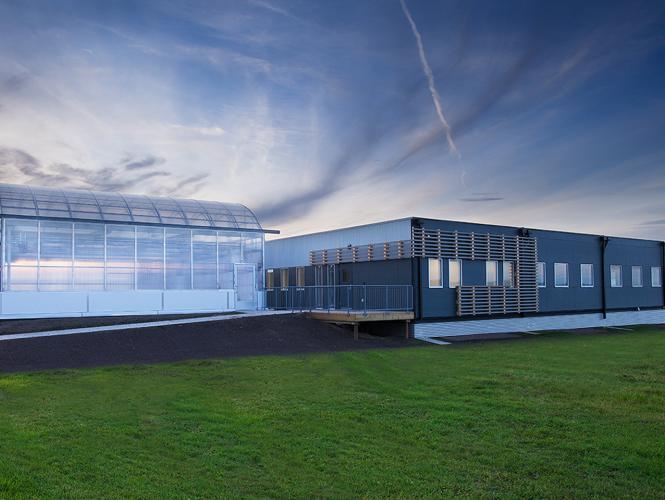

College Fund
The College Fund supports projects that enhance the capacity of Canadian colleges to carry out applied research and technology development and foster partnerships that generate innovative products, processes or services that address the social, business, health or environmental needs of a Canadian industry or community.
Status: Proposals for this funding program are due every September 17
Key documents
Looking for something else?
Stories of research projects supported at Canadian colleges
Quebec
An ounce of disaster prevention for a pound of long-term benefit
At a new experimental simulation site, the first of its kind in Canada, emergency management practitioners will learn how to handle the risks of natural and human-made disasters
Alberta
Improving safety from the skies
Large drones are poised to offer a cheaper, more secure alternative to manned flights in remote areas
Ontario
Packaging with potential
Developing efficient and sustainable packaging is a pressing concern for food processors, but a new research centre will help them find solutions





